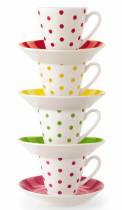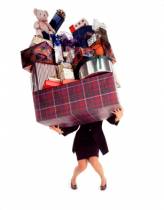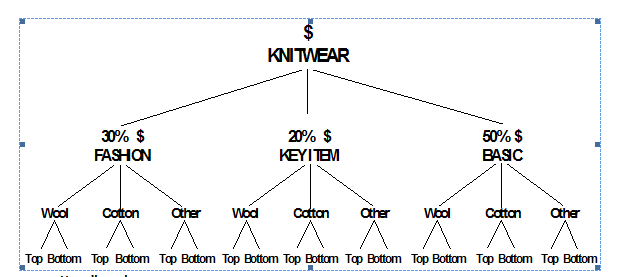Retail Musings
"How can money be the root of all evil, when shopping is the cure for all sadness..." Elizabeth Taylor
Buying
- Subscribe to this category
- 4 posts in this category

I was very much reminded of this recently when I saw a couple of relatively 'new' retailers succumbing to the demands of suppliers rather than their customers.
Buyers must be buying agents for their customers rather than selling agents for their suppliers.
Every buying decision should start with the customer in mind, and buyers must strive to understand the needs and expectations of those customers so that they may be translated into a sellable and profitable product range.
...A Family Tree is a useful system used to capture important information for your business.
A Family Tree is a more detailed extension of the product classifications used in the range assortment plan.
The most useful aspect of this facility is to capture accurate information which will provide valuable historical data as well as a basis for planning your business.
Example of a Family Tree:
Gift Shops: What to Order Featured

An exciting, eclectic selection of merchandise is one of the key components to a successful gift or specialty shop. Customers have the option of spending their dollars in many different places, and to a great extent the same goods are available in most shops.
The specialty shop distinguishes itself by presenting shoppers with products carefully chosen and enticingly displayed. Customers want you to edit the options for them and present those you think are the very best, or the best value at a good price.
Specialty shops constantly need to look for products unique in their market. As soon as an item turns up in a discount store, the time has come to for the small retailer to drop it. Whenever possible, the specialty shop buyer should look for items not available to mass marketers. This helps eliminate price competition, which is a game that’s hard to win when you don’t have the buying clout of a big chain.

The buying function plays a critical role in a retail business because it is buyers who determine virtually all of the elements of the merchandise offer. If the buyer fails to get the ‘five rights’ (that is, merchandise, quantity, price, place and timing) right, no amount of slick presentation or promotion will save the retailer.
The effectiveness of the buying function has a major impact on the retailer’s ultimate profitability because:
- Merchandise is the principal generator of revenue
- Merchandise typically represents between 33 and 66 percent of a retailer’s total assets.
Viewed in this context, it becomes clear that buyers don’t simply acquire merchandise; they are in fact managers of money. Every decision they make has an impact on the company’s level of turnover, its profits, its cash flow and its return on investment.
